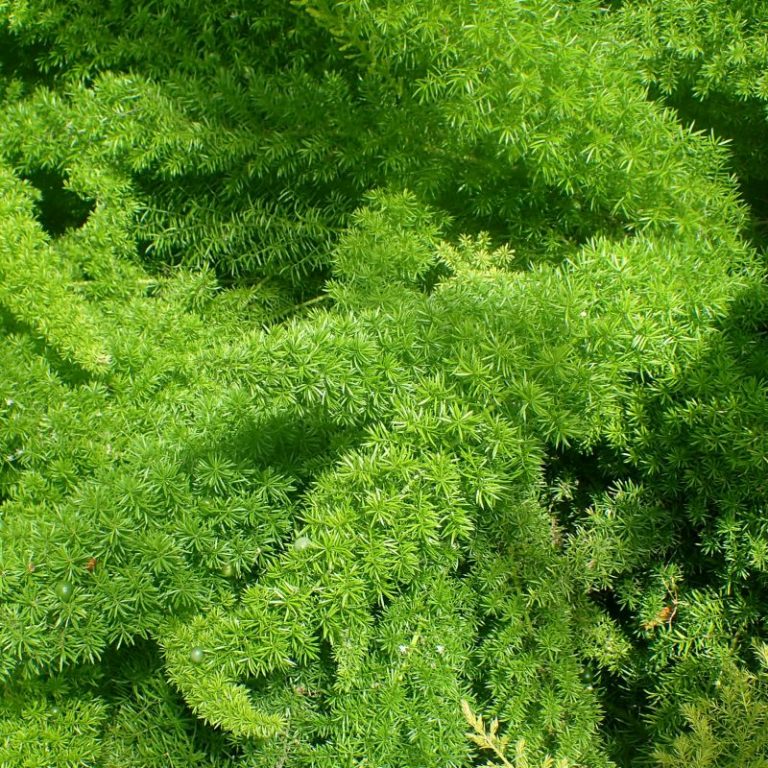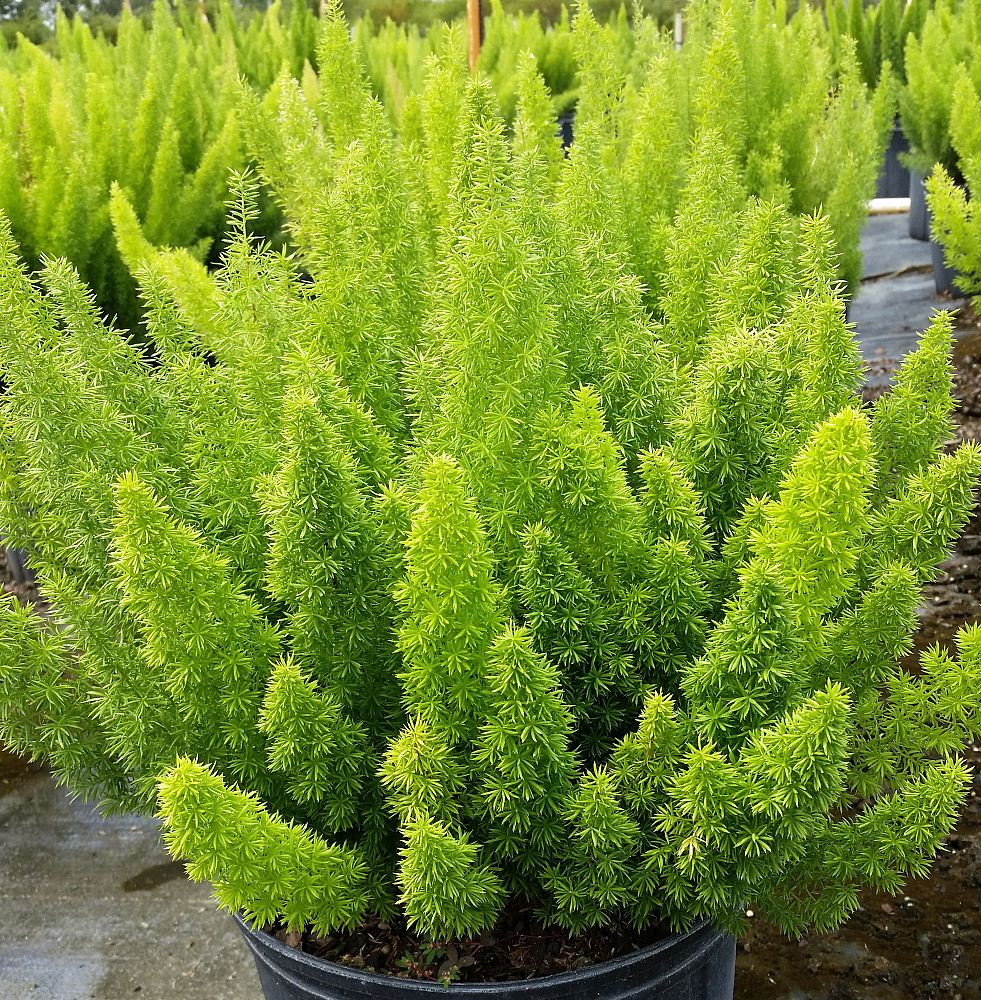
Although the asparagus fern isn’t a popular houseplant, it’s rather lovely and can be cultivated successfully indoors because to its feathery, light fronds. The fern may quickly adapt to outdoor culture in warmer climates, where it can grow like a creeper and become invasive. Keep an asparagus fern thick and dense inside so that its lace-like leaves makes an appealing mound.
The asparagus fern offers a lot of advantages, but it also has a few drawbacks. When grown outside in warm, humid regions, asparagus ferns may spread quickly. In Florida, Texas, and Hawaii, it is designated an invasive species. Children and dogs are also poisoned by asparagus fern.
Soil
Plant asparagus ferns in loose, well-drained potting soil in pots or containers. Plant it in slightly acidic, rich, well-drained soil outside. It tolerates less-than-ideal soil conditions in general.
Light
The asparagus fern prefers dappled shade, although it may adapt to brighter conditions. Keep it away from direct sunlight.
Humidity and Temperature
Maintain a warm temperature by not allowing it to drop below 55 degrees Fahrenheit for an extended period of time. If you have a shaded porch outdoors or a greenhouse, your indoor plants will certainly grow rapidly over the summer.
Water
It takes some effort to keep an asparagus fern moist, and this plant thrives in damp environments. Dry indoor growth conditions are common, especially in the winter. Daily mist the plant, concentrating on the arching stems. If the plant looks to be browning and drooping, it will most likely want additional water.
Fertilizer
Liquid or water-soluble all-purpose plant food, diluted to half strength, should be fed to asparagus fern. During the summer, weekly feedings may be required; otherwise, feed the plant once a month.
Asparagus Fern Types
Myeri– Commonly known as foxtail asparagus, has thick leaves on erect stalks.
Nana– Another small cultivar with vivid green leaves.
Sprengeri Compacta– This is a dwarf cultivar with the same characteristics as its namesake.
Sprengeri- Sometimes known as an asparagus emerald fern because of its long stems and plump, almost fluffy shape.
Common Plant Pests and Diseases
Spider mites, aphids, and mealybugs prefer to hang out in the leaves of this plant; use insecticidal soap to get rid of them. Root rot can be caused by excessively damp circumstances.
Pruning
Asparagus fern grows quickly, so you may want to cut it down to keep it clean. On the other hand, if you want it to seem wild and shaggy, that’s OK. To shape your plant, use clean garden shears or sharp scissors.
Potting and Repotting Asparagus Fern
Plant asparagus ferns in loose, well-drained potting soil in pots or containers. Plant it in slightly acidic, rich, well-drained soil outside. It tolerates less-than-ideal soil conditions in general. Asparagus ferns tolerate being slightly pot-bound for up to two years before requiring repotting.


